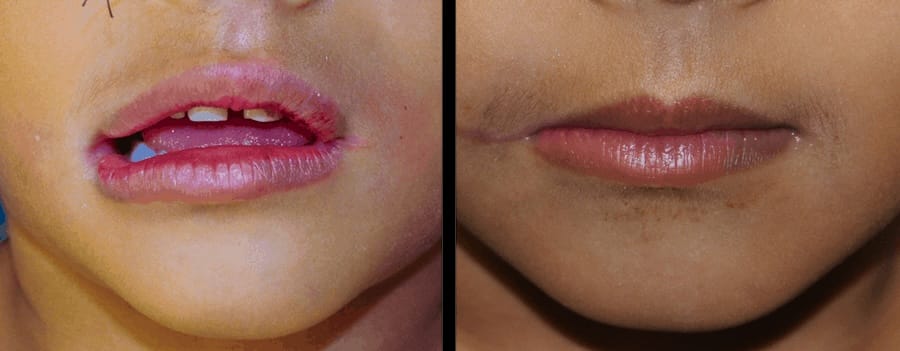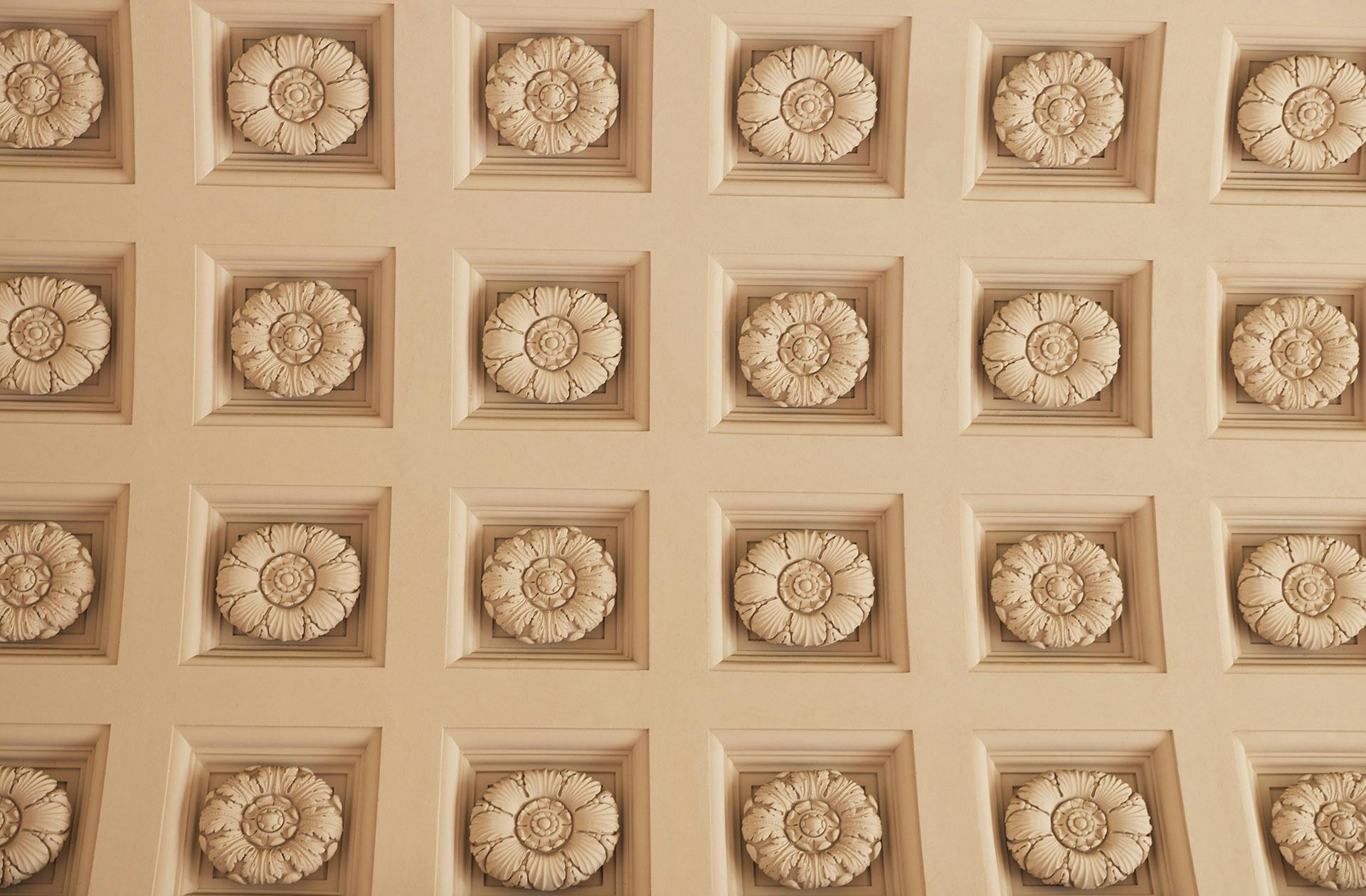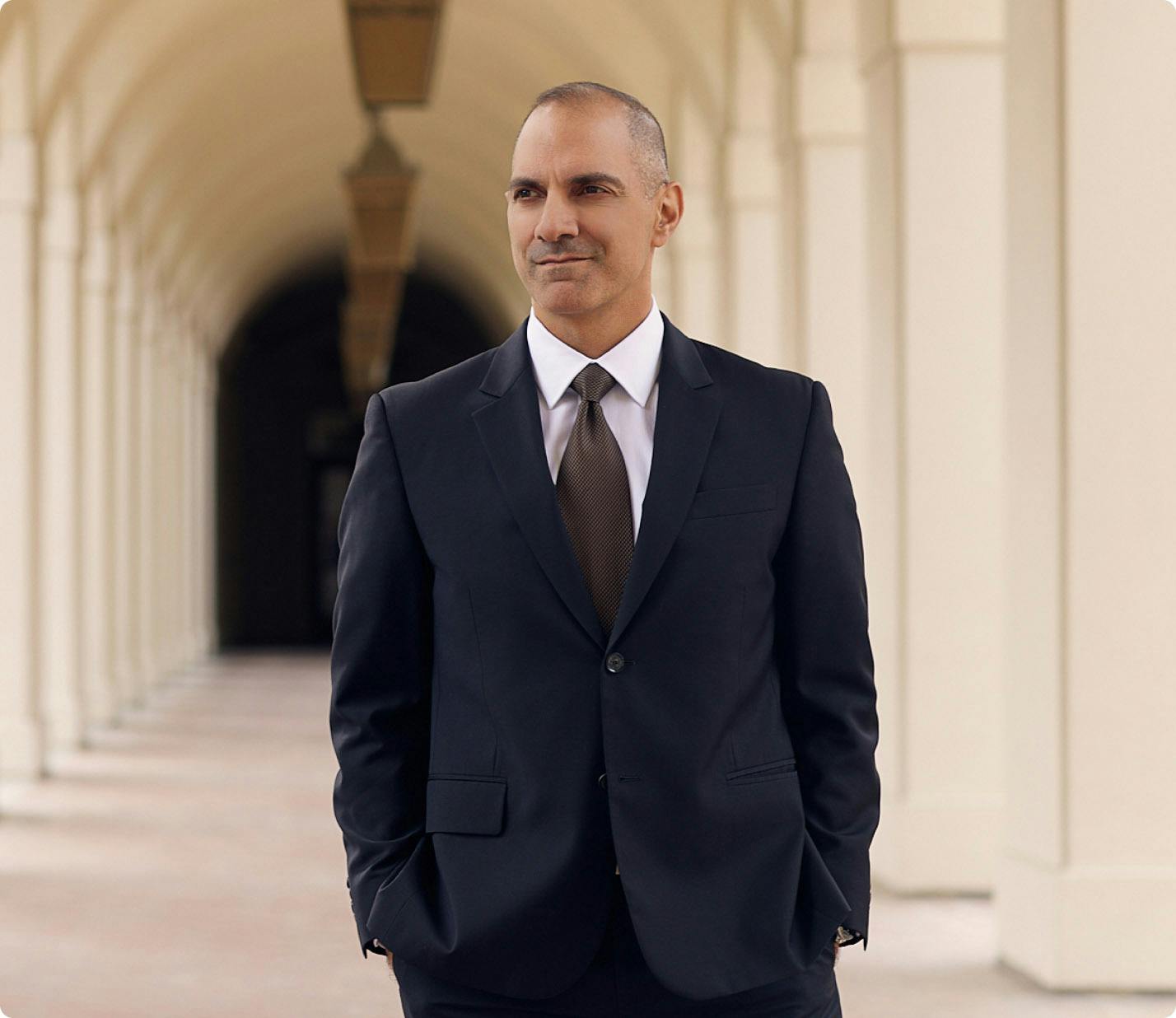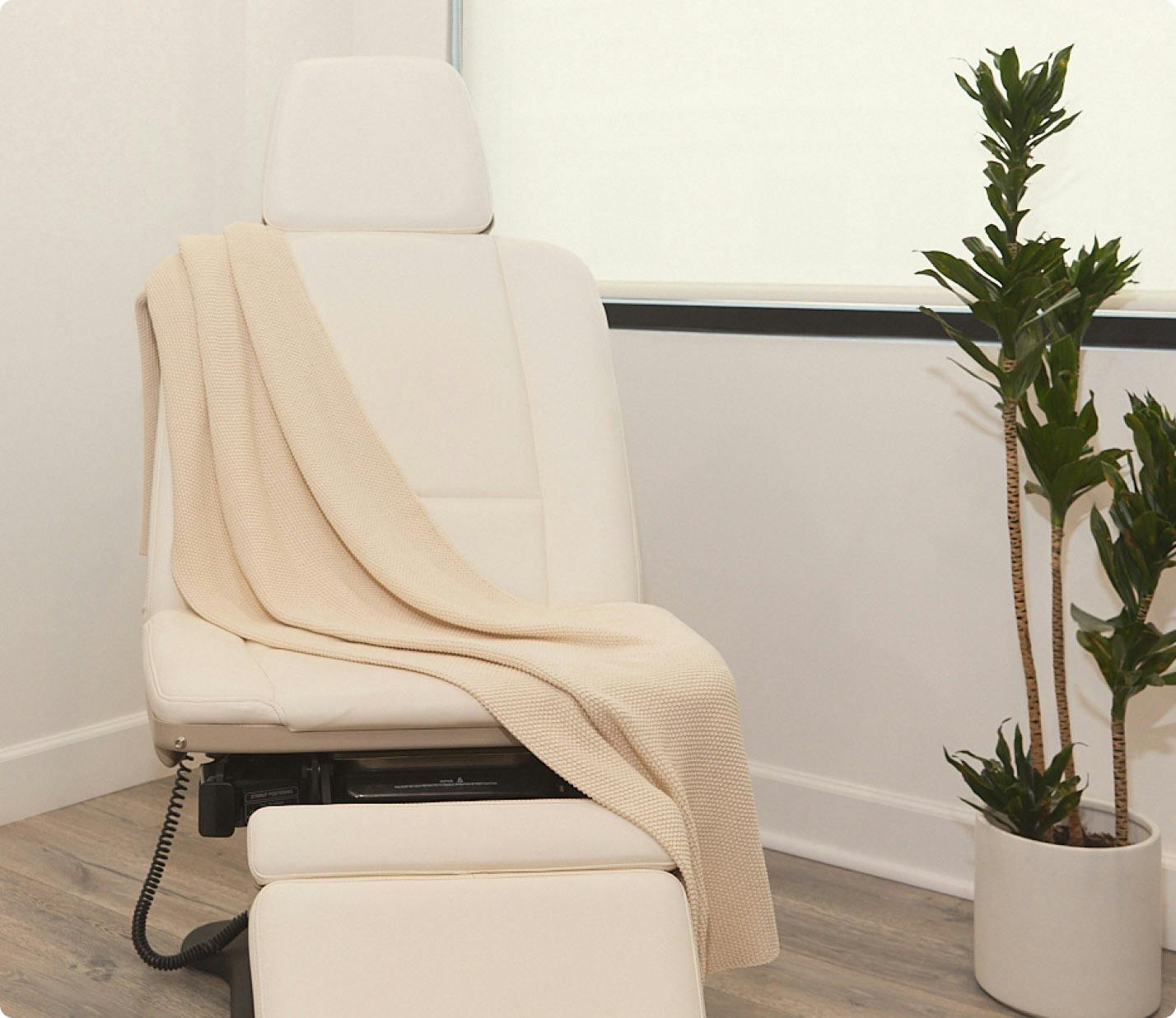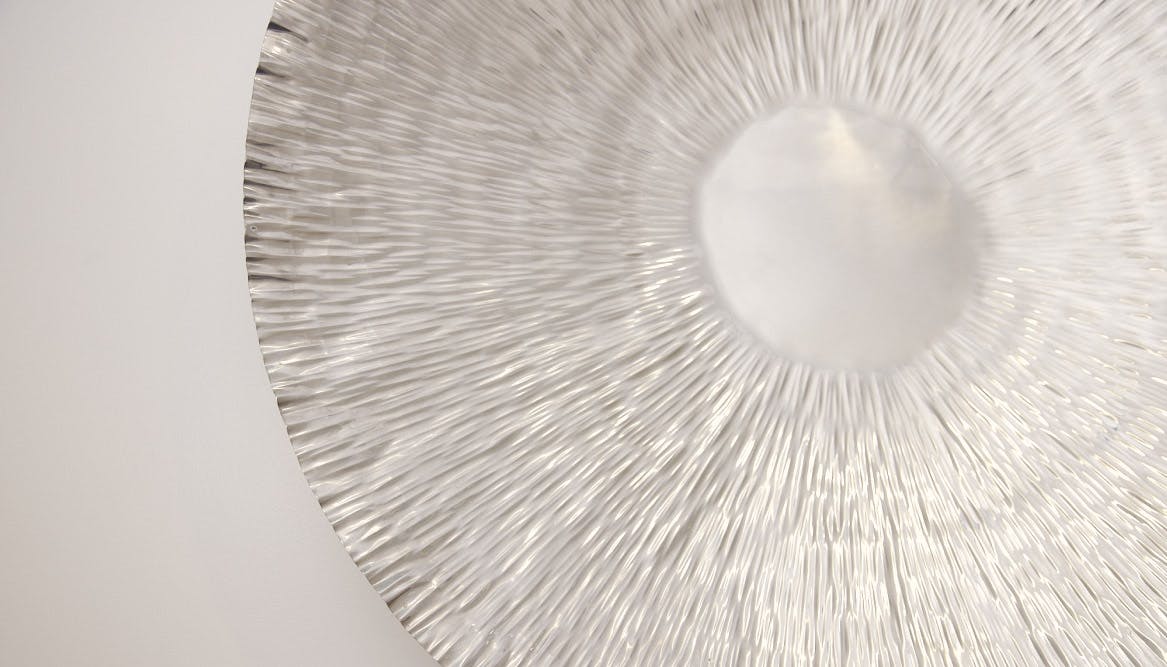Macrostomia, a rare congenital condition characterized by an unusually wide mouth, often requires surgical intervention to correct functional and aesthetic concerns.
What Are the Associated Problems with Macrostomia?
Aside from other simultaneously occurring problems representing components of a larger syndromic condition, macrostomia by itself is mostly a cosmetic deformity. Similar to hemifacial microsomia, a child with macrostomia may have other craniofacial deformities such as ear tags, underdeveloped lower jaw, dental problems, and other facial clefts. In addition, other organ systems may be involved, such as the spine, gastrointestinal tract, cardiac, renal, and pulmonary organs.





